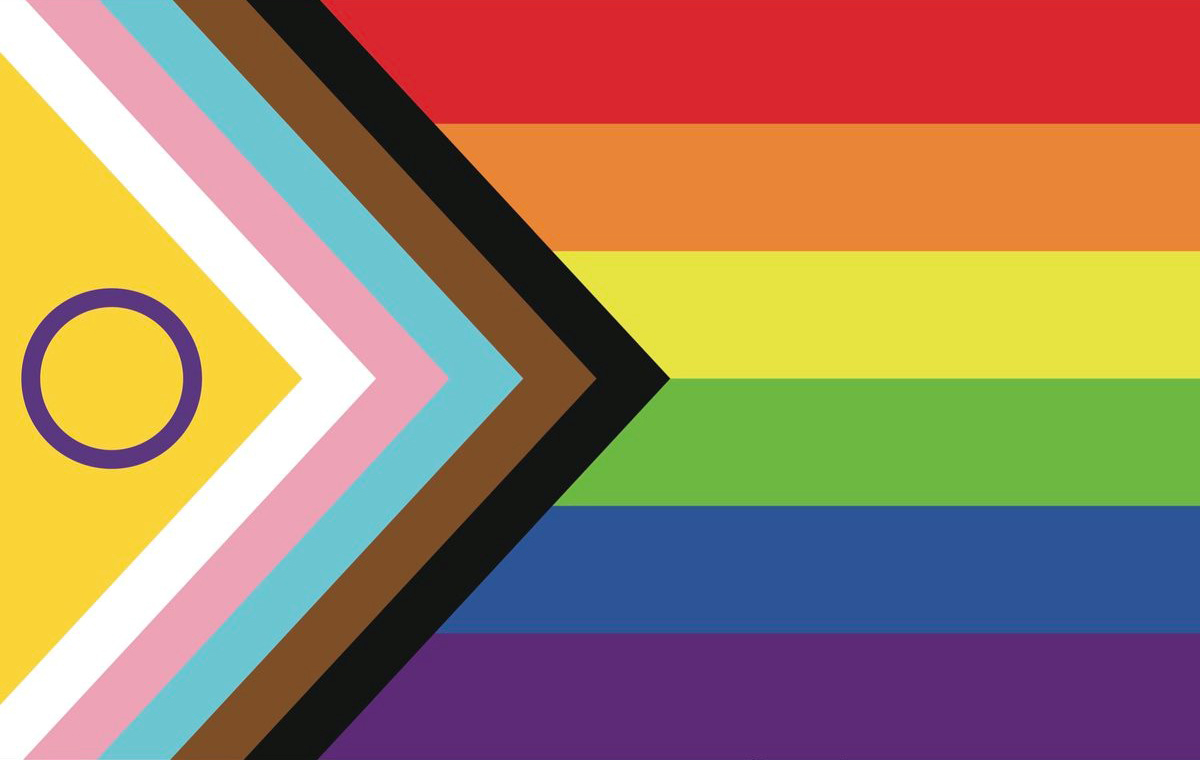Do you struggle with paying attention and constantly find yourself distracted? Do you switch from task to task and have trouble getting anything done? Do you find yourself more irritable or impulsive than usual?
If you answered yes to any of these questions, you’re likely wanting to improve your attention span or wanting to find out whether you may have a mental health condition like ADHD that can cause these tendencies. While there are many people who suffer from undiagnosed mental health conditions, it’s important to realize that our habits, environments, and social tendencies also have a big role to play in how we function and interact with the world around us.
The Rise of ADHD in Adults
Recently there has been an increase in people self-diagnosing as having Attention Deficit Hyperactivity Disorder (ADHD) or Attention Deficit Disorder (ADD). ADHD is a neurodevelopmental disorder that can impact the brain’s ability to perform executive functions, such as regulating attention, impulse control, and hyperactivity. ADHD is often diagnosed in childhood, but symptoms can continue into adulthood and there are adults who live with the condition and are impacted by unmanaged symptoms.
People who live with ADHD may struggle with organizing and completing tasks, focusing on one thing for an extended period, and managing their emotions. They may also exhibit hyperactive or impulsive behaviors, such as fidgeting, interrupting others, or taking risks without considering the consequences. ADHD can also present differently in men and women.
However, some common symptoms of ADHD like inattention, lack of impulse control, distraction, feeling overwhelmed, and difficulty in completing tasks, can also be attributed to other common conditions or habits. One notable condition that exhibits similar symptoms is technology addiction.
What is Technology Addiction?
Technology addiction, also known as Internet addiction or digital addiction, is characterized by excessive use of technology and screens, to the point where it interferes with daily life. Symptoms of technology addiction include feeling preoccupied with technology, using technology to escape reality, feeling withdrawal symptoms when not using technology, and neglecting responsibilities and relationships due to excessive use of technology.
While not recognized as a formal diagnosis, we’ve probably all experienced how easy it is to spend hours mindlessly switching from one social media platform to another, and consuming a ton of content in a short amount of time. These habits of constantly switching from one thing to the next on social media platforms can cause mental fatigue and feelings of distraction or of being overwhelmed. With the rise of technology and the increasing amount of time we spend in front of screens, there could be a correlation between our digital habits and our mental performance.
It’s also important to note that you can have both a technology addiction and ADHD. In fact, people with ADHD are at a higher risk of addictive behaviour, and therefore may be more likely to develop a technology addiction overall.
How to Tell the Difference
Before we get into the differences, the main thing is that all physical and mental medical health conditions should be assessed by a healthcare professional. A professional will be able to use tools such as psychological assessments, medical evaluations, and observations, plus their professional medical expertise to diagnose patients. They will also be able to provide an appropriate treatment plan with your diagnosis.
That being said, it is a good idea to understand how you interact and react in certain situations so you can better explain to healthcare professionals your symptoms for an accurate diagnosis. Here are some things to pay attention to when evaluating the differences between ADHD and technology addiction:
- When Your Symptoms Occur. One way to tell the difference between ADHD and technology addiction is to pay attention to the specific symptoms and when they occur. ADHD symptoms, such as difficulty paying attention and impulsivity, are present in various settings and activities, not just when using technology. Additionally, symptoms of technology addiction, such as withdrawal and preoccupation with technology, tend to occur specifically when the individual is not using technology.
- Duration of Symptoms. Another way to differentiate between the two is to look at the duration of the symptoms. ADHD is a chronic condition, and the symptoms tend to persist throughout an individual’s life. On the other hand, technology addiction symptoms are typically only present during periods of excessive use.
- Setting Limits for Technology. It is helpful to take steps to reduce your technology use, by setting limits and boundaries for screen time, and increasing time spent on other activities that promote well-being such as exercise, social interaction, and creative pursuits. It is also important to be aware of the triggers that lead to excessive screen time and avoid them as much as possible.
Ways to Improve Your Attention Span
Whether you have a formal ADHD diagnosis or you’re just trying to improve your attention span, there are many effective therapy treatments that are great for anyone to try.
Some common types of therapy recommended for those with ADHD are:
- Cognitive-behavioral therapy (CBT): This therapy focuses on helping individuals develop skills to manage their symptoms and improve their daily functioning. CBT can involve identifying and changing negative thought patterns, developing problem-solving strategies, and improving time management and organizational skills.
- Behavioral therapy: This therapy involves developing strategies to modify behavior, such as rewarding positive behavior and ignoring or redirecting negative behavior.
- Mindfulness-based therapy: This therapy involves developing the ability to be present and non-judgmental in the moment. Mindfulness-based therapy can help individuals develop better attention and emotional regulation skills.
- Coaching: Coaching involves working with a trained coach to develop strategies to manage symptoms and improve daily functioning. Coaching can involve goal-setting, developing routines, and developing strategies for managing time and tasks.
A mental health professional can help determine which therapy or combination of therapies is best for an individual with attention-based concerns or ADHD. At Focus, we have many licensed therapists and social workers who specialize in treating these conditions and can help you feel and live better. Take our 2-minute questionnaire to find a therapist that matches your needs and book an online appointment today.
Final Thoughts
In conclusion, understanding the difference between ADHD and technology addiction is important in order to properly address any symptoms and improve overall mental well-being. By being aware of the symptoms, seeking professional help, and taking steps to reduce technology use, individuals can improve their quality of life and overall well-being.



